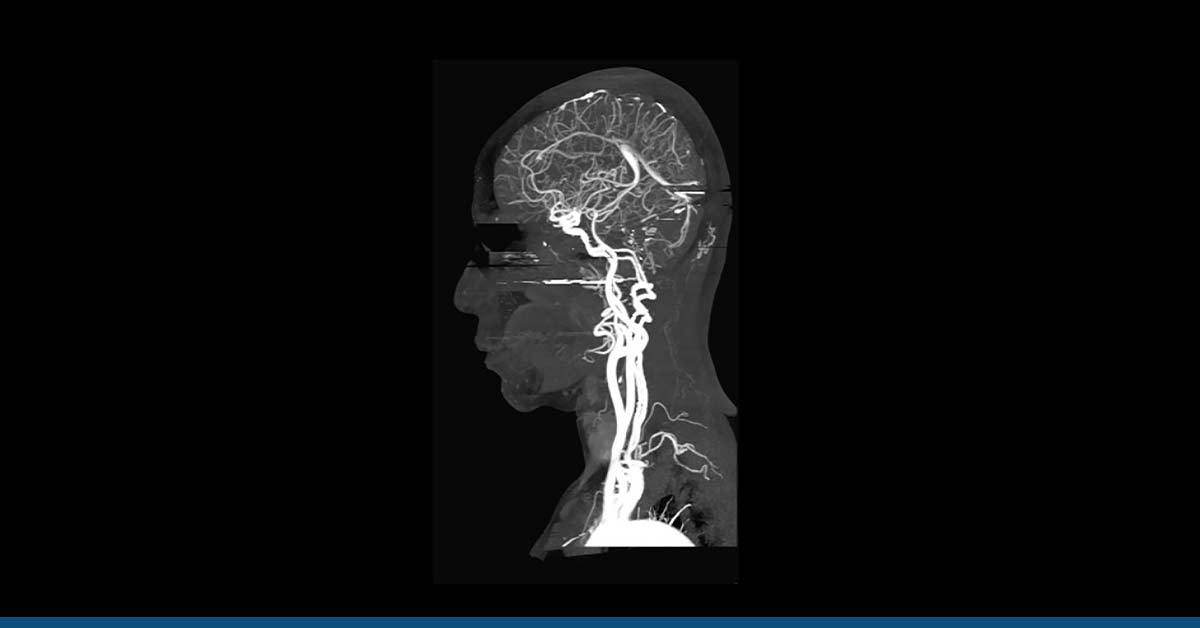According to NCCDPHP, the National Center for Chronic Disease Prevention and Health Promotion in the United States, around every 6 in 10 adults suffer from one of the many chronic diseases and 4 in 10 adults have more than one chronic diseases.
With an increased prevalence of chronic diseases in the US and around the world, chronic disease risk factors must be made public knowledge. Awareness amongst all age groups (especially the aged) regarding preventing chronic diseases and managing their potential risk factors is now rapidly spreading.
Table of Contents
ToggleWhat are Chronic Diseases?
Diseases that require extensive and ongoing medical attention while limiting the patient’s daily activities are classified as chronic diseases. As the name suggests, chronic diseases last for over a year. The following are the different chronic diseases known to exist, with the first three being the most serious, and even fatal.
- Cancer
- Diabetes
- Heart diseases
- Alzheimer’s disease
- Chronic lung disease
- Chronic kidney disease
- Stroke
Being the most frequent cause of disability and death in the US, preventing chronic diseases is now a priority concern. Statistics show that chronic diseases take up around $3.8 trillion of the cost of annual health care.
Chronic Disease Risk Factors
Similar to other diseases, chronic disease risk factors can be categorized into behavioral risk factors, intermediate risk factors, and background risk factors. All of these are subdivided into more specific chronic disease risk factors respectively. Of the three main categories, the background risk factors are inevitable and non-modifiable.
Behavioral Risk Factors
1. Excessive Alcohol Intake
An excessive intake of alcohol over time contributes to cancer, liver diseases, high blood pressure, stroke, and heart diseases. It is one of the leading yet preventable causes of death in the US. Your intake of alcohol is considered excessive if you are a woman and consume 4 or more drinks and if you are a man and consume 5 or more.
2. Lack of Physical Activity
It is common knowledge that physical activity amongst people of all age groups, ethnicities, and sizes improves health. Its lack, thereof, may result in unhealthy weight gain or obesity, which eventually becomes a risk factor for chronic diseases. These may include cancer, type 2 diabetes, and heart disease.
3. Poor Nutrition
Adults with a healthy diet significantly decrease their risks of developing chronic diseases. A healthy diet includes optimum portions of fruits, vegetables, proteins, and carbohydrates during the day. People who consume many fats, dairy, and carbohydrates are likely to develop heart diseases, stroke, type 2 diabetes, cancer, and brain deficits.
4. Tobacco Use
This may be due to active or passive smoking. While active smoking is defined as smoking directly from a cigarette, passive smoking is when you are forced into a situation where you inhale the smoke present in your surroundings. About 12.5% of young people who try their first cigarette under the age of 18 make it a habit of consuming tobacco daily, in any form.
Cigarette smoking is known to affect nearly every organ in the body adversely, causing heart disease, lung diseases, stroke, type 2 diabetes, and even cancer. Passive smoking or second-hand smoking is also known to cause lung cancer, heart diseases, and stroke in adults.
Intermediate Risk Factors
These include a mix of non-modifiable and modifiable chronic disease risk factors. In some cases, obesity may be genetic, which makes it a non-modifiable risk factor for chronic disease. These include elevated blood lipid, elevated blood pressure, elevated blood glucose, and obesity. Consistently elevated blood lipid levels are likely to cause heart diseases, while elevated blood pressure may cause heart disease as well as stroke. Similarly, if your blood glucose is constantly high and/or if you are obese, you are likely to develop diabetes, or in worst cases, a stroke.
However, preventing chronic diseases is always an option. With a healthy diet and appropriate physical activity, you may be able to completely avoid chronic diseases. In other inevitable cases, such as those in which the sex and genetic composition account for risk factors of chronic diseases in a person, you may be able to put it off for a certain period, depending on the seriousness of the disease in your family.
Background Risk Factors
These non-modifiable chronic disease risk factors include age, sex, and genetic composition. Chronic diseases are generally more prevalent among the male sex. People with a family history of chronic diseases, such as diabetes and heart diseases, are also very likely to develop such illnesses.
Other background risk factors may also include environmental factors. If you are surrounded by pollution, dust, and heat, you may develop heart problems. If you are a miner and have to work amongst all sorts of toxic and hazardous gases, you may even develop cancer.
Preventing Chronic Diseases
70% of annual deaths in the United States occur as a result of chronic diseases. While they may compromise the quality of life, most of them are preventable. Healthy life choices pose preventative measures for chronic diseases. Some of them are mentioned below.
1. Avoid Alcohol
With time, excessive consumption of alcohol could pose a chronic disease risk factor. It leads to hypertension, heart disease, liver diseases, stroke, and different sorts of cancers. By avoiding alcohol, the development of chronic diseases can be prevented.
2. Eat Healthily
Eating healthy is one of the best and easiest ways to prevent chronic diseases. You may not only prevent but also delay or manage these diseases, including heart diseases, type 2 diabetes, liver diseases, etc. A healthy diet composes of a well-balanced intake of nutrients, such as fruits, veggies, protein, whole grain, and low-fat dairy products.
3. Stay Active
Similarly, regular physical activity not only prevents but also plays a great role in delaying and managing chronic diseases. Activities as moderate as gardening or brisk walking for up to 150 minutes weekly are great in preventing chronic diseases.
4. Quit Smoking
If you happen to be a smoker, quit. Quitting or never starting smoking in the first place largely reduces the risks of developing chronic diseases. In such cases, you are likely to develop heart diseases, type 2 diabetes, lung diseases, and lung cancer.
5. Regular Wellness Screenings
To catch your chronic disease early or entirely mitigate the risks of developing one, visit your doctor regularly and get screened.
6. Getting Enough Sleep
In today’s world of increasing capitalism, wealth is prioritized over health. This should certainly not be the case. Insufficient sleep or irregular sleep cycles are linked to the development and poor management of chronic disease risk factors, such as obesity and depression. These, if not controlled or minimized, may lead to heart diseases, diabetes, and even Alzheimer’s disease in adults. Aim for 7 to 9 hours of sleep every day, with a cool, dark, and comfortable sleep area to prevent waking up during sleep.
Conclusion
The correlation of one chronic disease risk factor with another increases the likelihood of developing compound illnesses. Similarly, the existence of one chronic disease aggravates the existing risk factors, and may even contribute to the development of other risk factors. With a clear understanding of these correlations, it gets easier to mitigate and prevent chronic diseases in adults. Learn more about our health management, prevention, and predictions of such diseases at HG Analytics.





